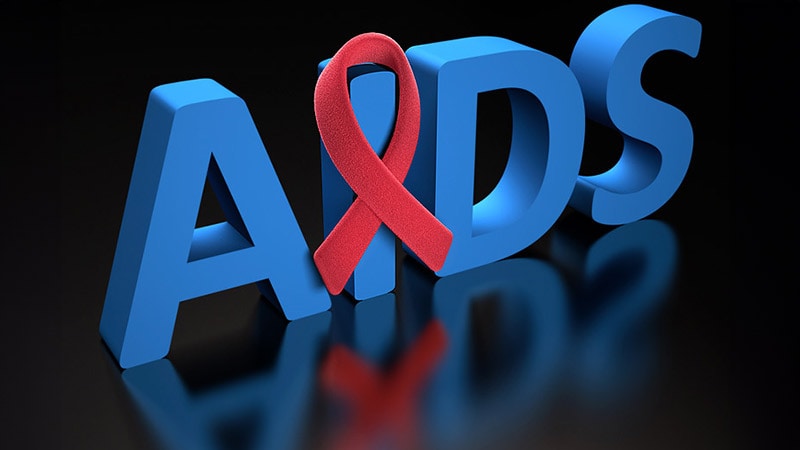Takeaway
- Postexposure prophylaxis-in-pocket (PIP) may be a valuable preventative option for patients with low frequency of high-risk HIV exposures.
Why this matters
- Consider PIP as an alternative to preexposure prophylaxis (PrEP) for a select group of patients with infrequent high-risk HIV exposure.
- PIP is best for patients with high reliability, health literacy, and self-awareness characteristics.
- Regular follow-up ensures patients are on some type of HIV prevention strategy.
Key results
- 79 patients prescribed PIP; 94.9% (75) men who have sex with men; mean age, 37.5 (range, 21-70) years.
- Mean PIP duration, 14.8 months; 40.5% had previously used PrEP.
- 26.6% (21) initiated 32 PIP courses.
- 100% of courses initiated ≤72 hours postexposure; self-reported 28 days adherence=100%.
- No HIV seroconversions on subsequent testing.
- Clinic follow-up rate, 91.1%.
- Prior PrEP use was not prognostic for initiating PIP.
- Patients initiating PIP >1 time were significantly more likely to switch modality from PIP to daily PrEP (P=.02).
Study design
- Retrospective multicenter cohort analysis evaluating long-term follow-up of patient-initiated PIP for primary HIV prevention.
- Funding: Canadian Institutes of Health Research.
Limitations
- Small sample size.
- Retrospective.
- No control group.
- Limited generalizability.
References
References


